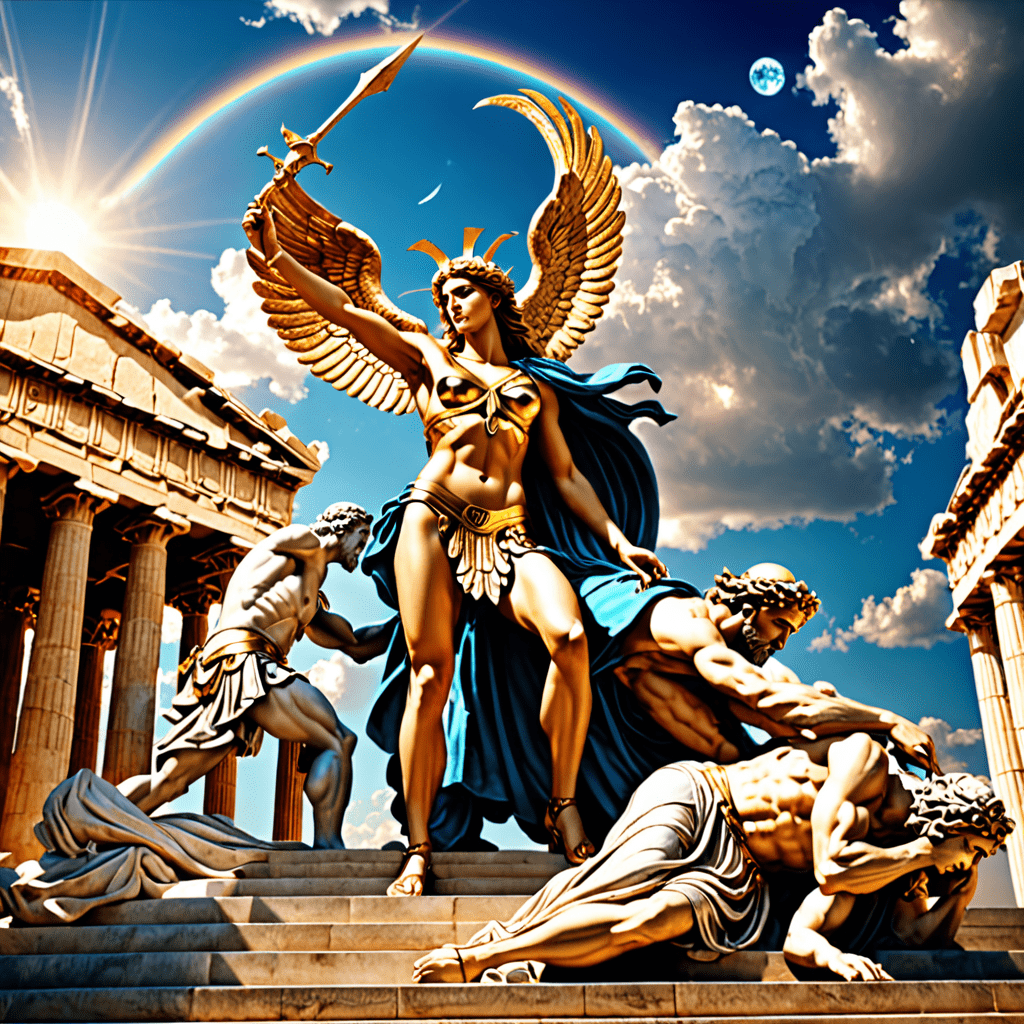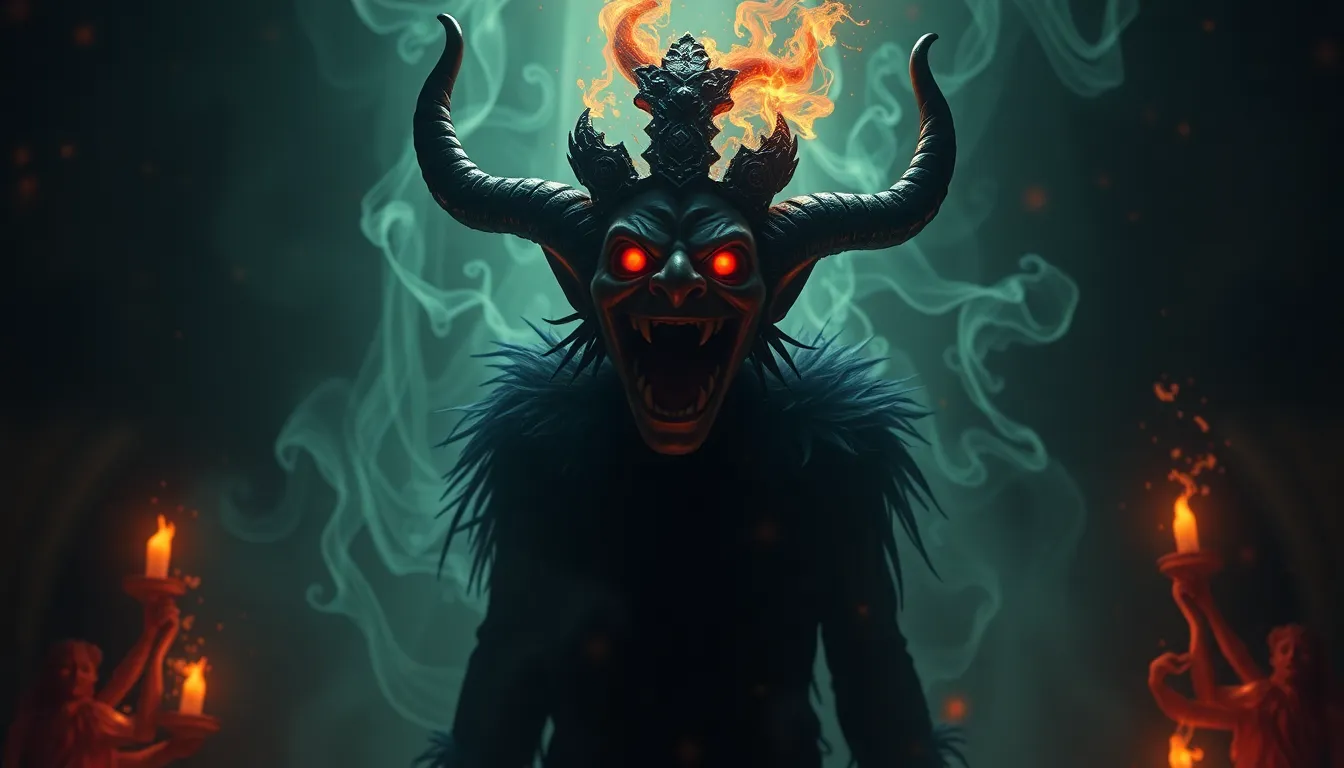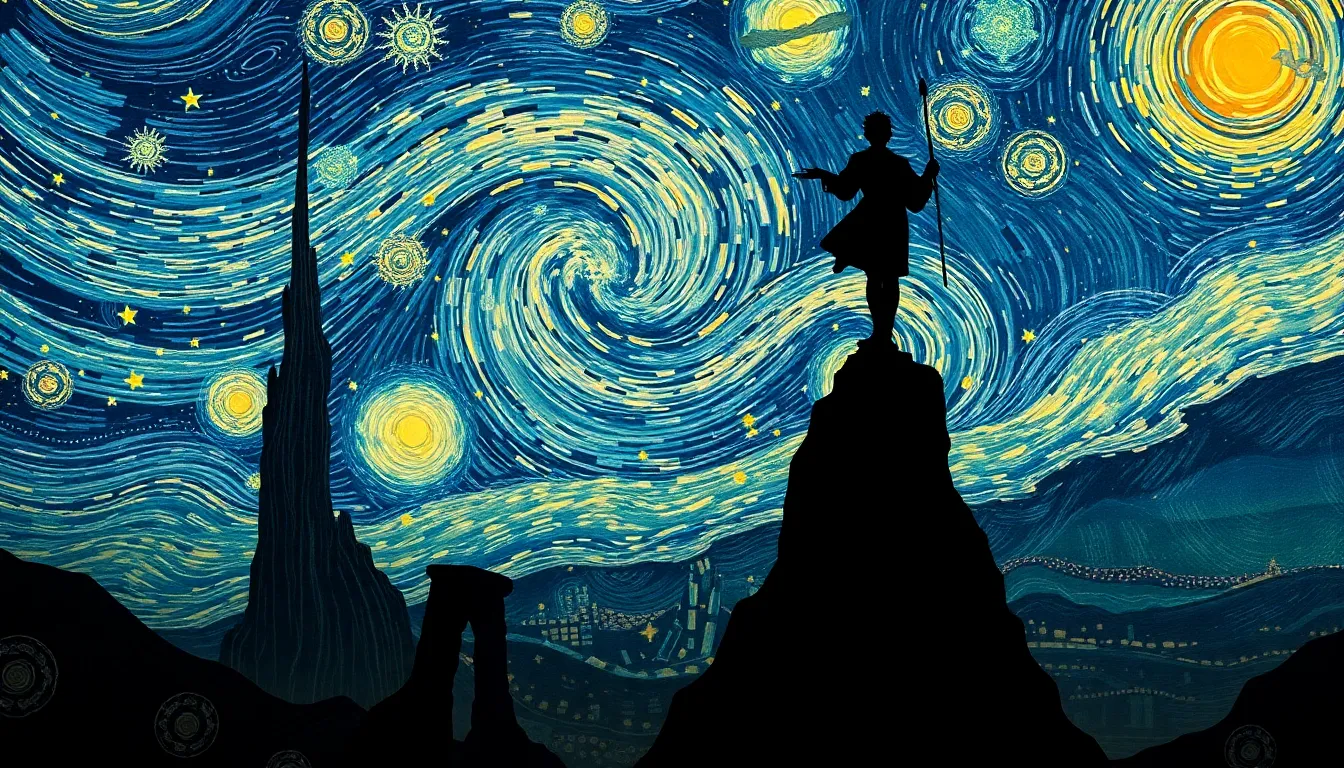Yggdrasil in Norse Art and Literature: Visualizations of the World Tree
I. Introduction
Yggdrasil, often referred to as the World Tree, is a central figure in Norse mythology, symbolizing the interconnectedness of all realms of existence. This immense ash tree is not merely a plant but a vital component of the Norse cosmological framework, representing life, death, and the cyclical nature of existence. It serves as a bridge between the nine realms of Norse cosmology, linking gods, humans, and various other beings. This article delves into the myriad representations of Yggdrasil in both art and literature, exploring its mythological significance, early literary references, traditional and modern artistic interpretations, and its role in contemporary spiritual practices.
II. The Mythological Significance of Yggdrasil
In Norse mythology, Yggdrasil plays a crucial role in the creation myth. It is said that the tree emerged from the well of Ginnungagap, the primordial void, and its roots extend into various realms, including Asgard (the home of the gods), Midgard (the realm of humans), and Hel (the realm of the dead). The tree is more than just a symbol; it embodies the cyclical nature of life, death, and rebirth. The following points highlight its significance:
- Life and Growth: Yggdrasil represents the growth of life, as its branches reach into the heavens and its roots dig deep into the earth.
- Death and Decay: The tree also symbolizes death, as its leaves fall and decay, allowing new life to emerge, illustrating the cycle of existence.
- Connection of Realms: Yggdrasil connects the nine realms of existence, acting as a conduit for the flow of life and energy between them.
III. Early Literary References to Yggdrasil
Yggdrasil is prominently featured in primary sources of Norse literature, particularly the Poetic Edda and the Prose Edda. These texts provide rich descriptions of the World Tree and its significance in the Norse mythos.
In the Poetic Edda, Yggdrasil is described as a great ash tree whose branches extend into the heavens. The Prose Edda, written by Snorri Sturluson, offers detailed accounts of the tree’s inhabitants, including:
- The Norns: Three female beings who govern the fates of gods and men, residing by the Well of Urd at the roots of Yggdrasil.
- Dragons: Creatures like Nidhogg that gnaw at the roots of the tree, symbolizing destruction and chaos.
- Various Animals: A host of creatures that inhabit Yggdrasil, including a deer that eats its leaves and an eagle that resides atop its branches.
IV. Yggdrasil in Norse Art: Traditional Representations
Archaeological findings reveal a wealth of artistic representations of Yggdrasil in early Norse culture. These include stone carvings, artifacts, and even jewelry that depict the World Tree in various forms. The artistic styles of the Viking Age often reflect the importance of Yggdrasil in their worldview.
Some notable aspects of Yggdrasil in Norse art include:
- Runestones: Many runestones feature intricate carvings of Yggdrasil, often accompanied by images of gods and mythical creatures.
- Wooden Carvings: Artifacts such as wooden figures and tools sometimes depict Yggdrasil, emphasizing its role in their spiritual life.
- Textiles: Weavings and tapestries may also illustrate Yggdrasil, integrating it into everyday life and rituals.
The cultural significance of Yggdrasil in Viking art cannot be overstated, as it served as a reminder of their beliefs and the interconnectedness of all life.
V. Modern Interpretations and Adaptations in Art
Contemporary artists have drawn inspiration from Yggdrasil, reinterpreting its imagery and themes in various forms of modern art. This exploration often reflects traditional ideas while infusing them with contemporary relevance.
Modern interpretations of Yggdrasil can be found in:
- Visual Arts: Artists use Yggdrasil as a motif to explore themes of nature, life cycles, and environmental awareness.
- Literature: Yggdrasil appears in various modern fantasy novels, often symbolizing the connection between different worlds and dimensions.
- Film and Video Games: Yggdrasil has made appearances in popular culture, notably in films and video games that draw upon Norse mythology for inspiration.
VI. The Symbolism of Yggdrasil in Modern Literature
In modern fantasy and speculative fiction, Yggdrasil continues to serve as a powerful symbol. Many contemporary authors incorporate the World Tree into their narratives, drawing thematic connections to the original Norse mythology.
Some notable works featuring Yggdrasil include:
- Neil Gaiman’s “American Gods”: Yggdrasil plays a role in the narrative, symbolizing the connection between the old gods and the new.
- Rick Riordan’s “Magnus Chase” series: The World Tree is depicted as a central element in the adventures of the characters.
- Other Fantasy Novels: Various authors use Yggdrasil as a metaphor for growth, connection, and the cyclical nature of life.
VII. The Role of Yggdrasil in Contemporary Paganism and Spiritual Practices
The revival of Norse mythology in modern times has led to a renewed interest in Yggdrasil, particularly within contemporary Paganism, such as Heathenry and Asatru. The World Tree has become a symbol of interconnectedness and ecological awareness.
Yggdrasil holds significance in modern spiritual practices in several ways:
- Symbol of Interconnectedness: Yggdrasil represents the link between all living beings and the natural world.
- Ritual Use: Some practitioners incorporate Yggdrasil into rituals and ceremonies, invoking its power for protection and guidance.
- Ecological Awareness: Yggdrasil serves as a reminder of the importance of preserving nature and recognizing our place within the greater web of life.
VIII. Conclusion
Yggdrasil’s enduring legacy in art and literature underscores its significance in both ancient and modern contexts. From its mythological roots in Norse cosmology to its contemporary representations, the World Tree continues to inspire and provoke thought about the interconnectedness of life, the cycles of death and rebirth, and the importance of nature. As we explore the myriad ways Yggdrasil is depicted across cultures and time periods, we gain a deeper appreciation for its role in shaping human understanding of existence.



